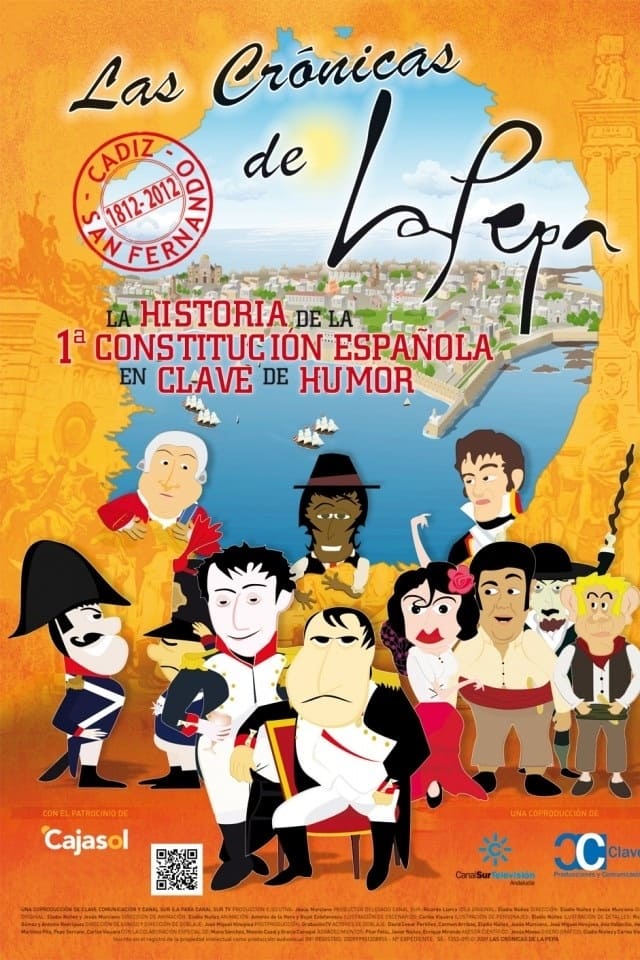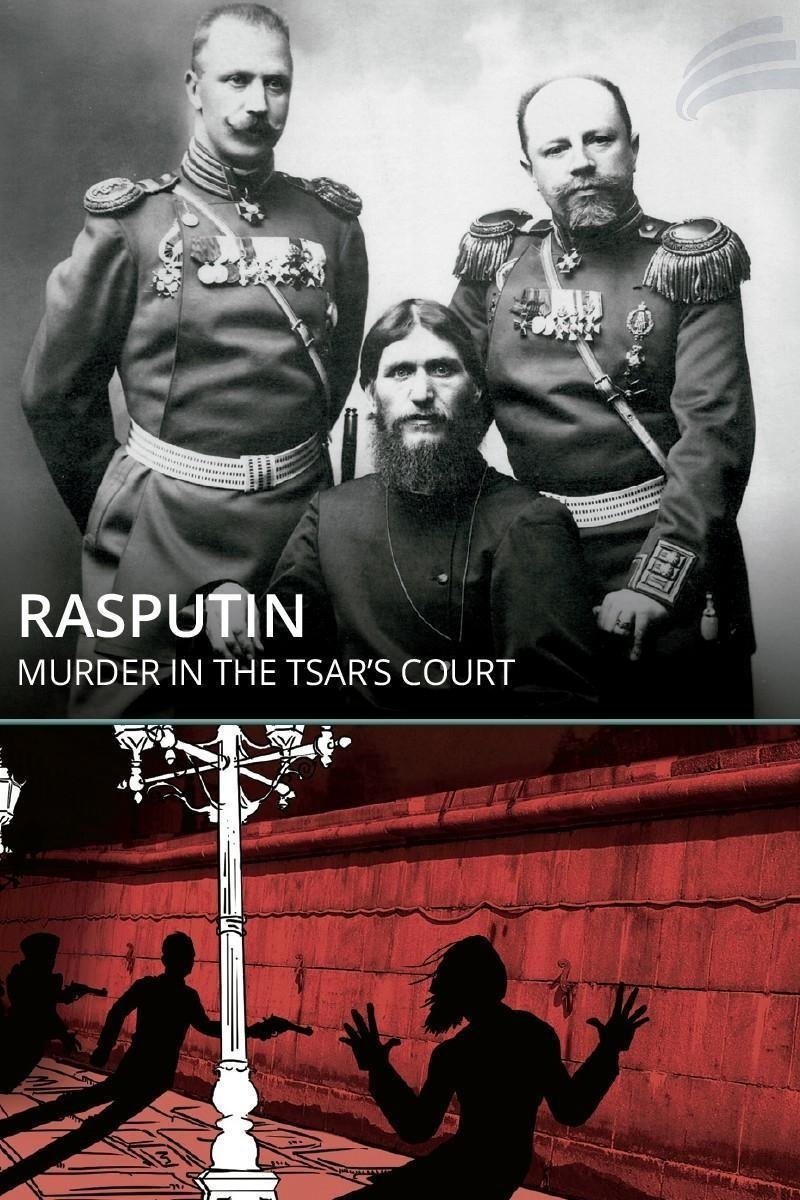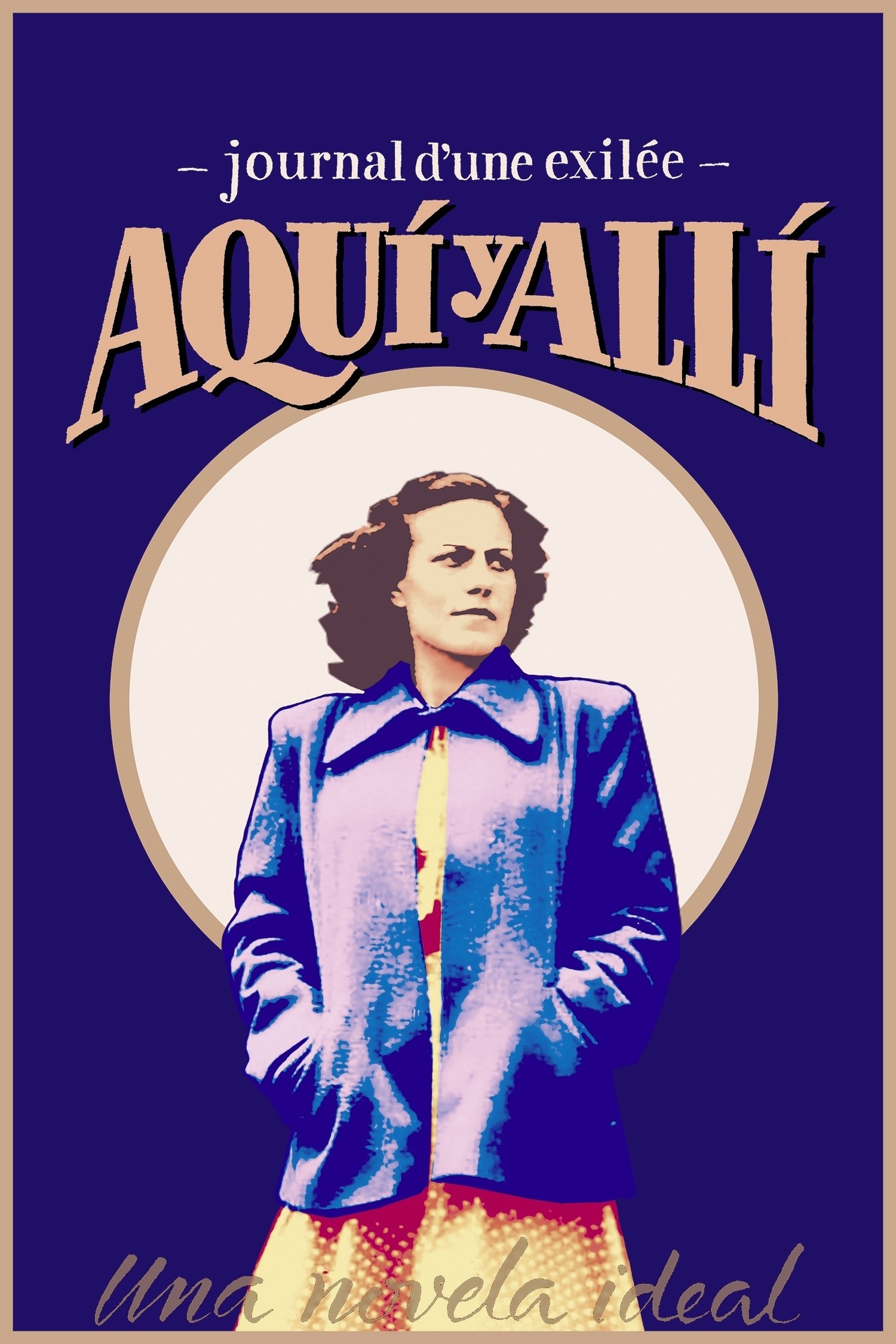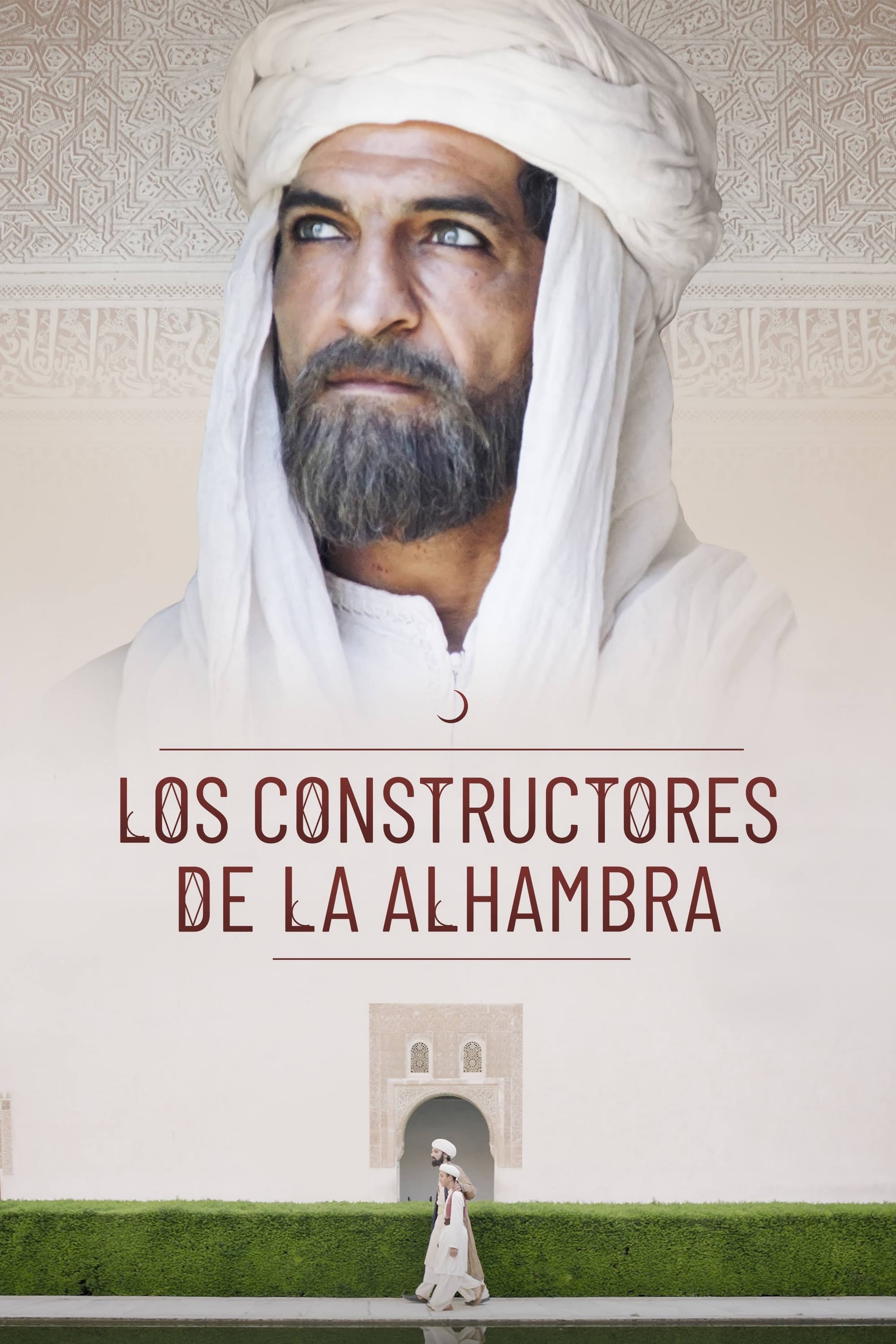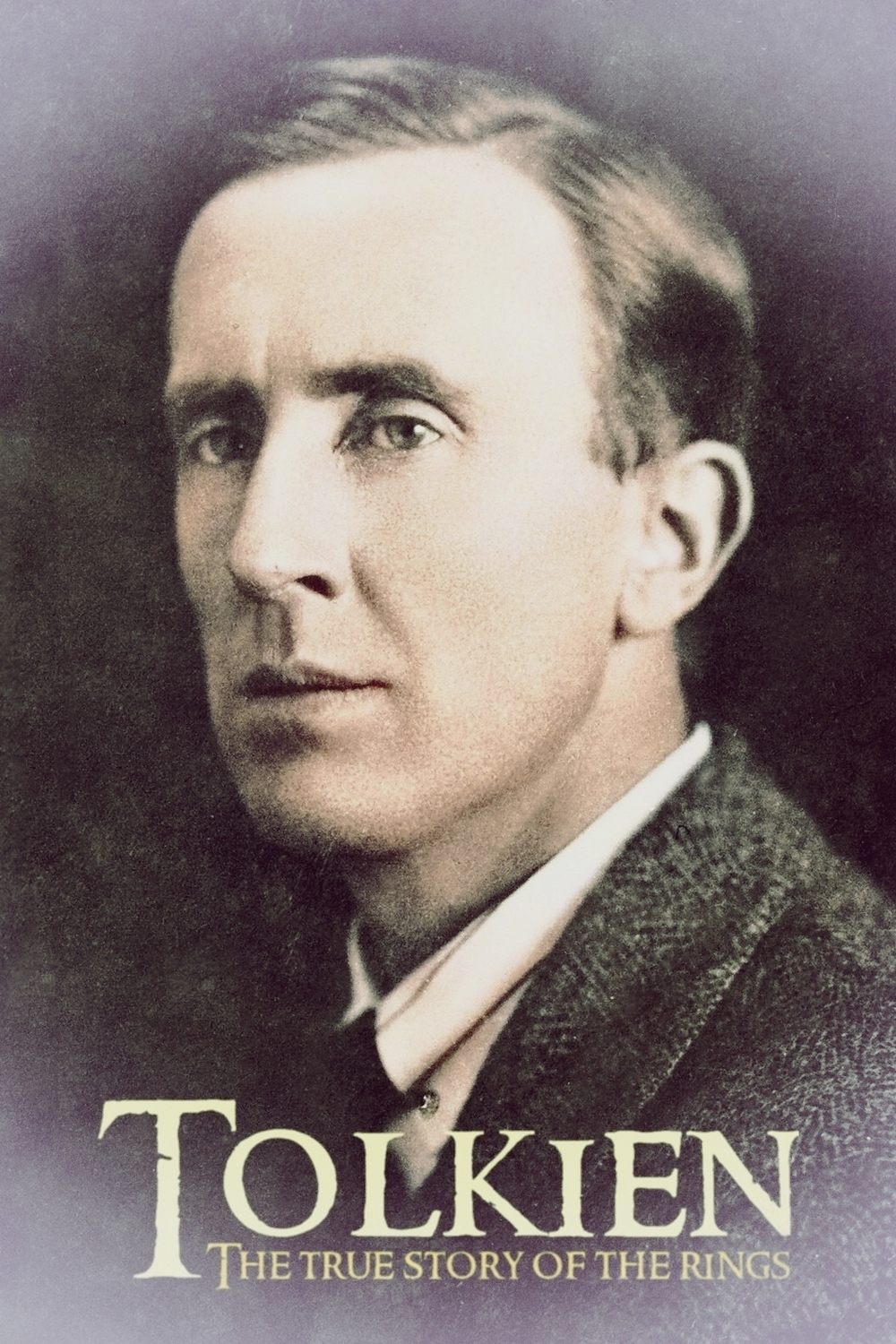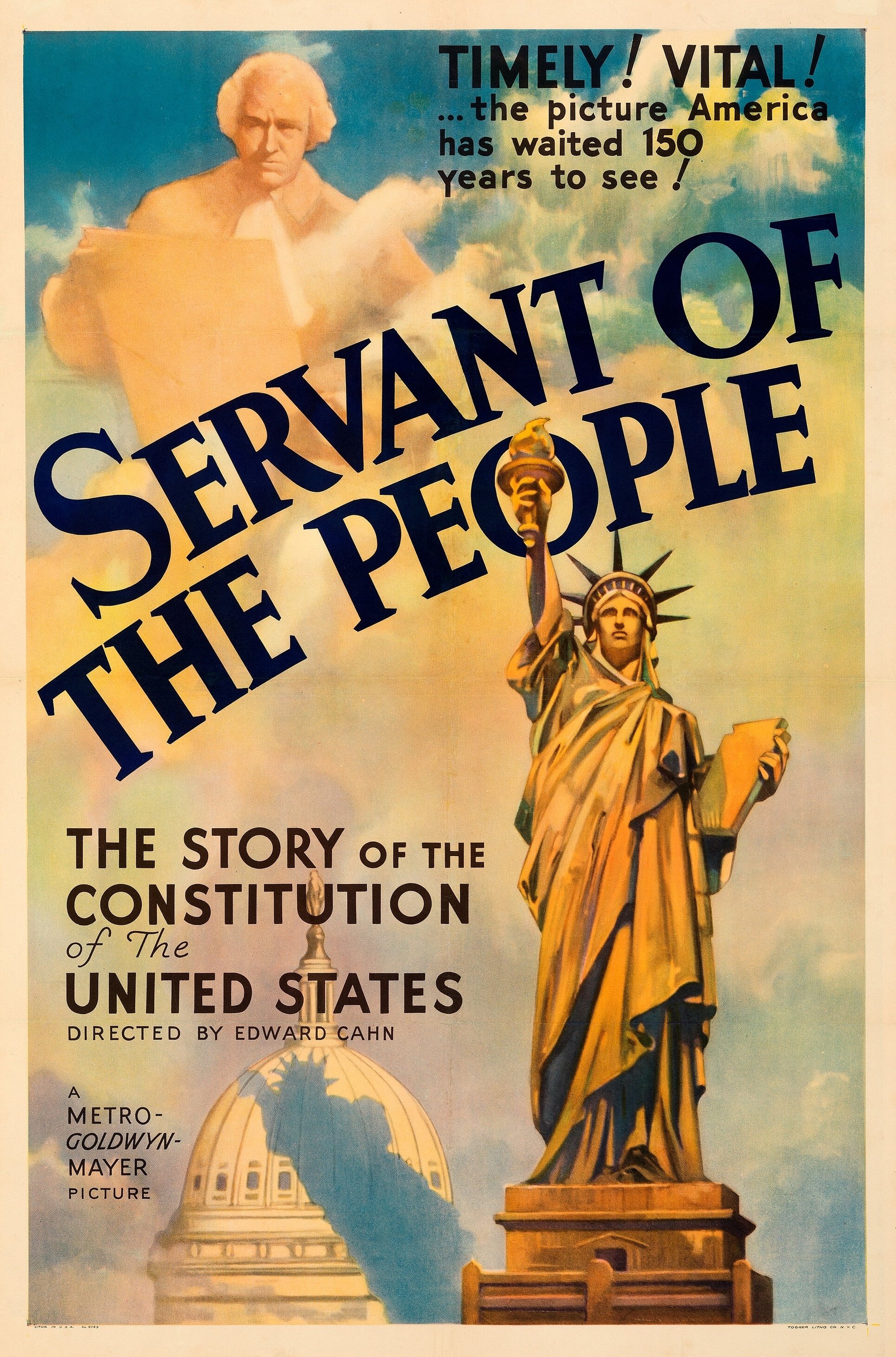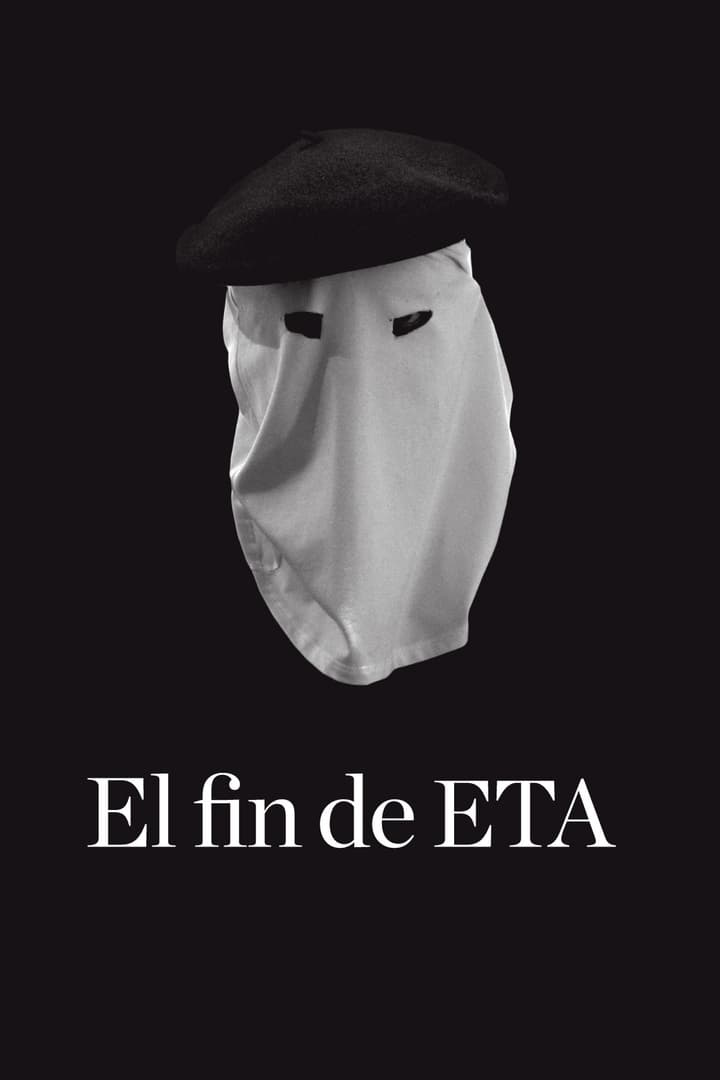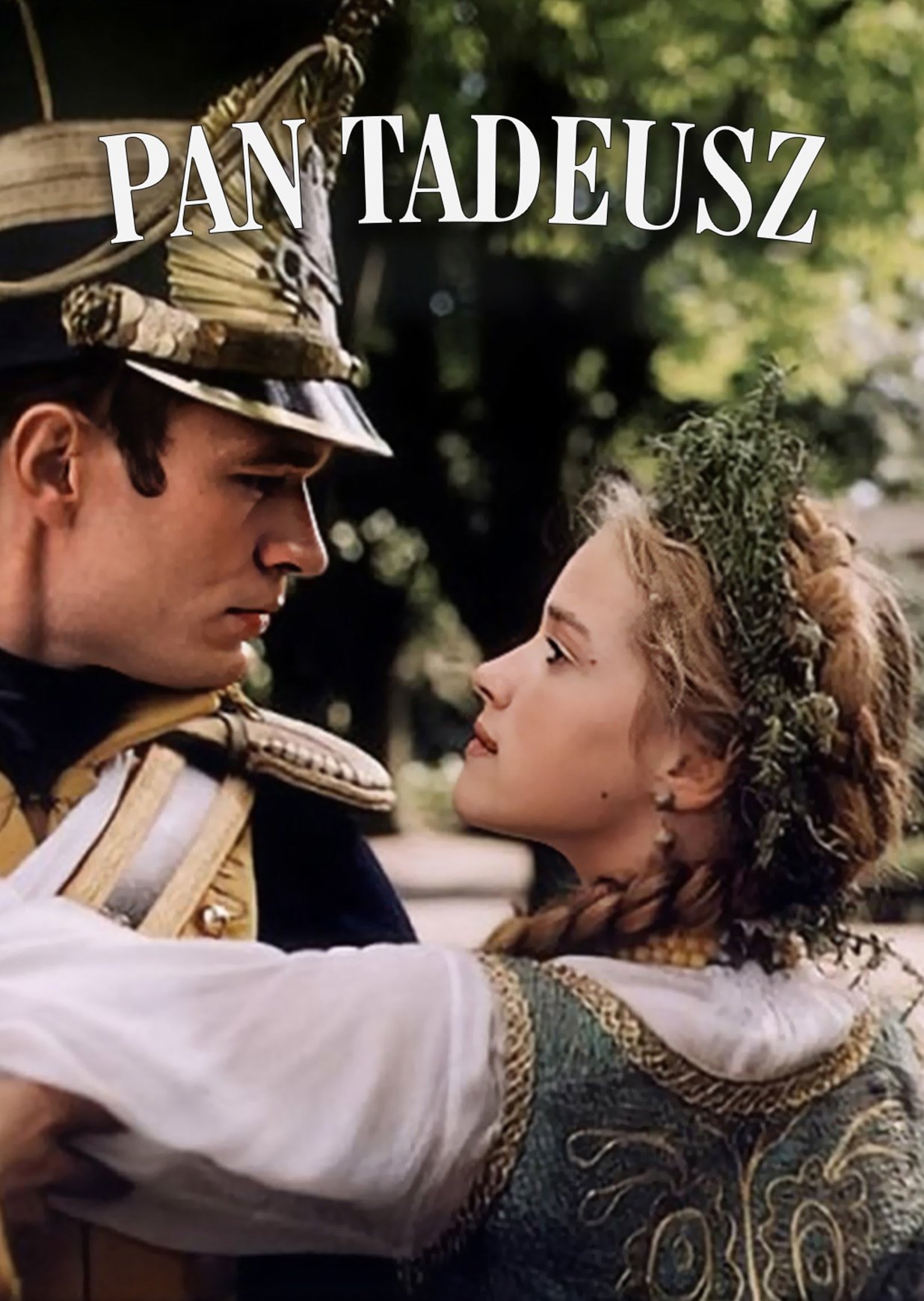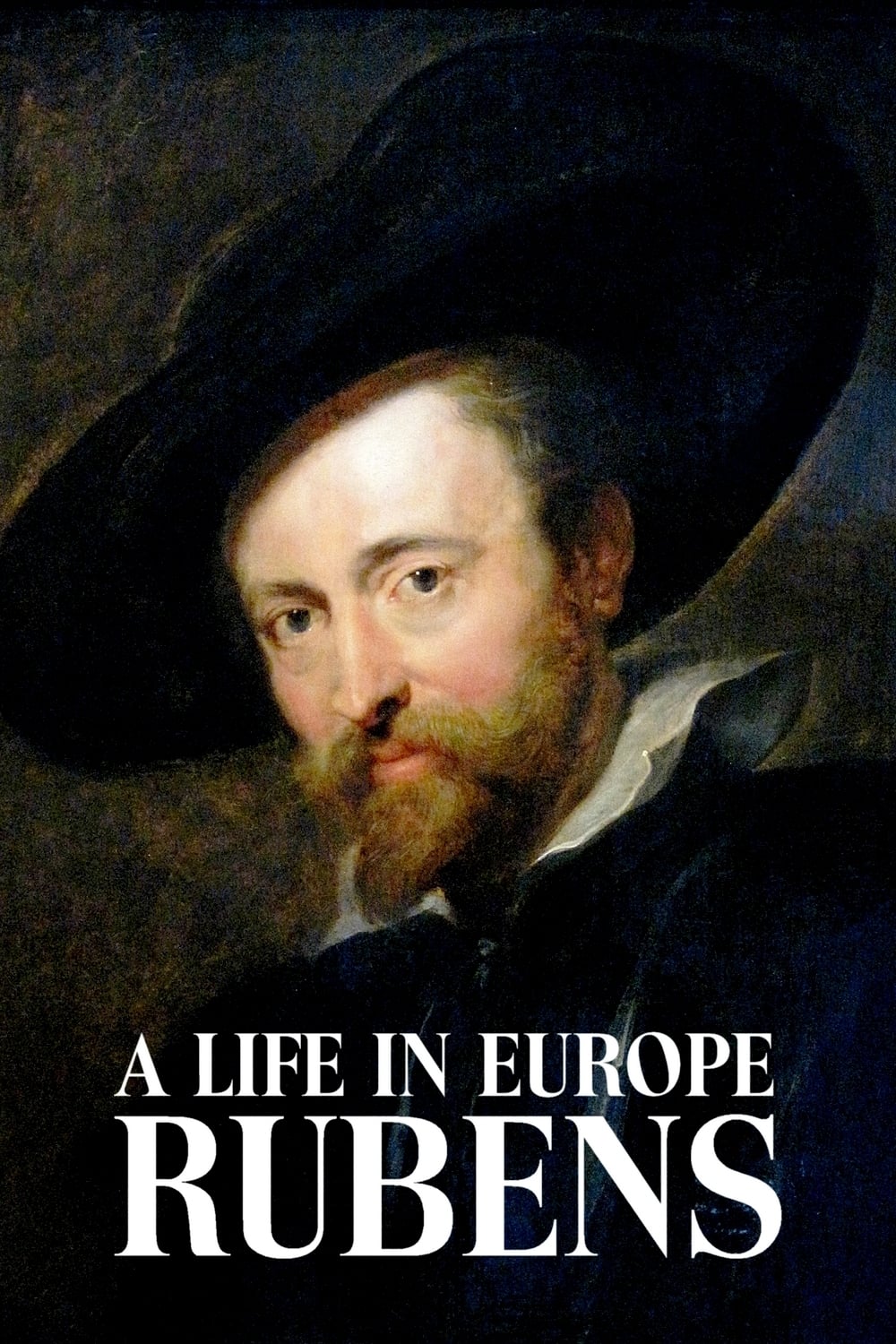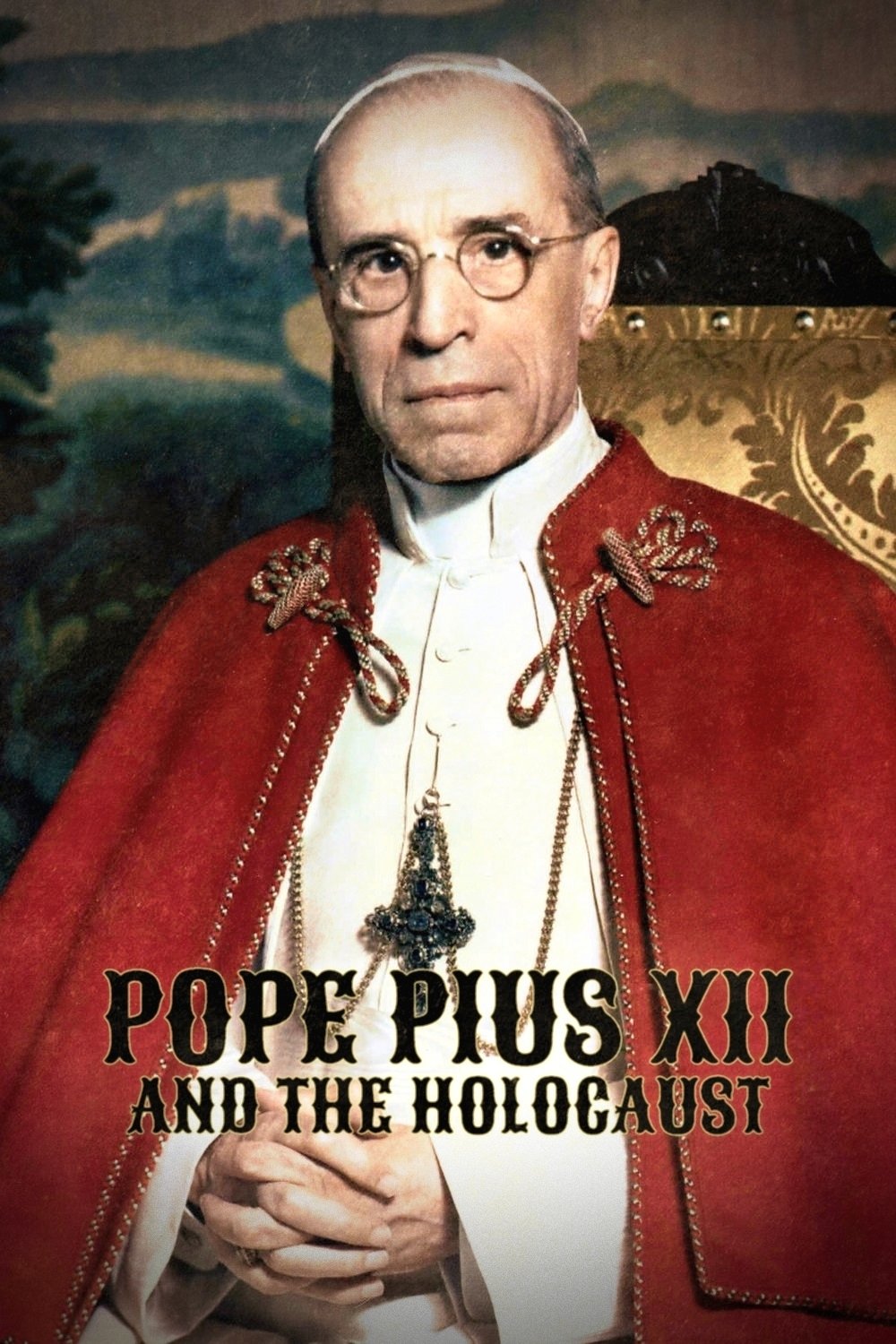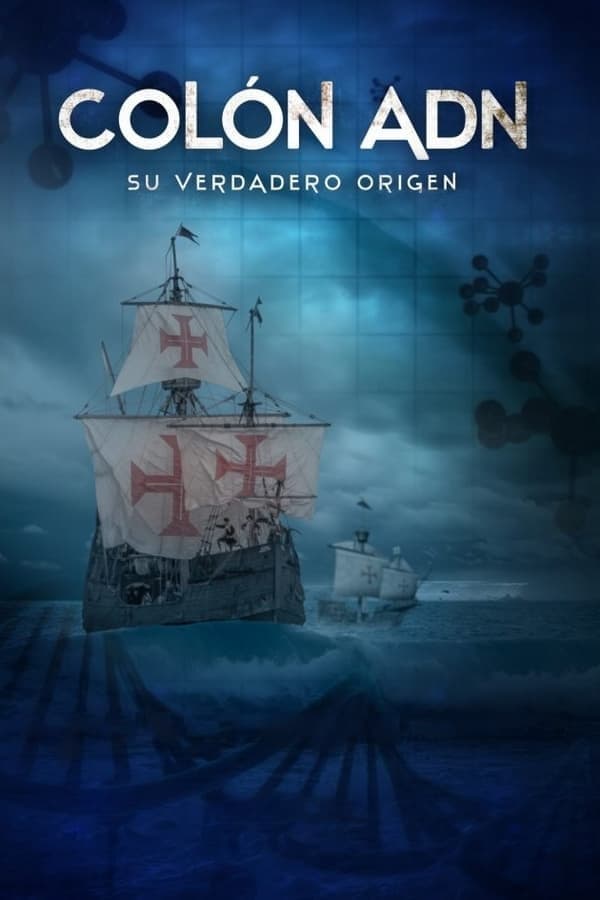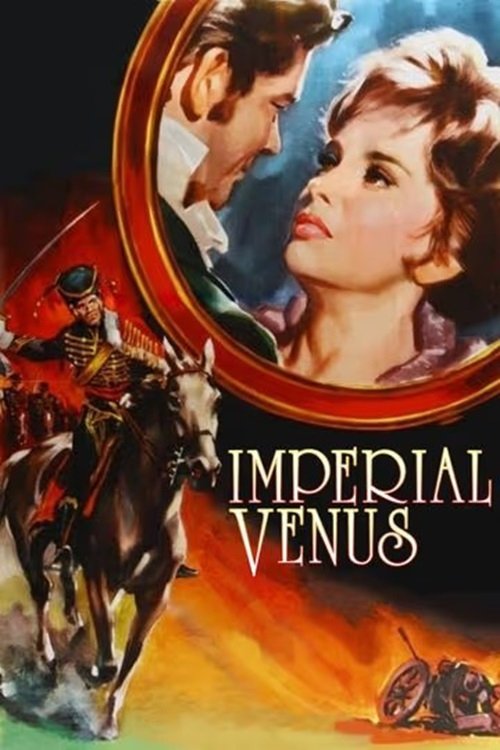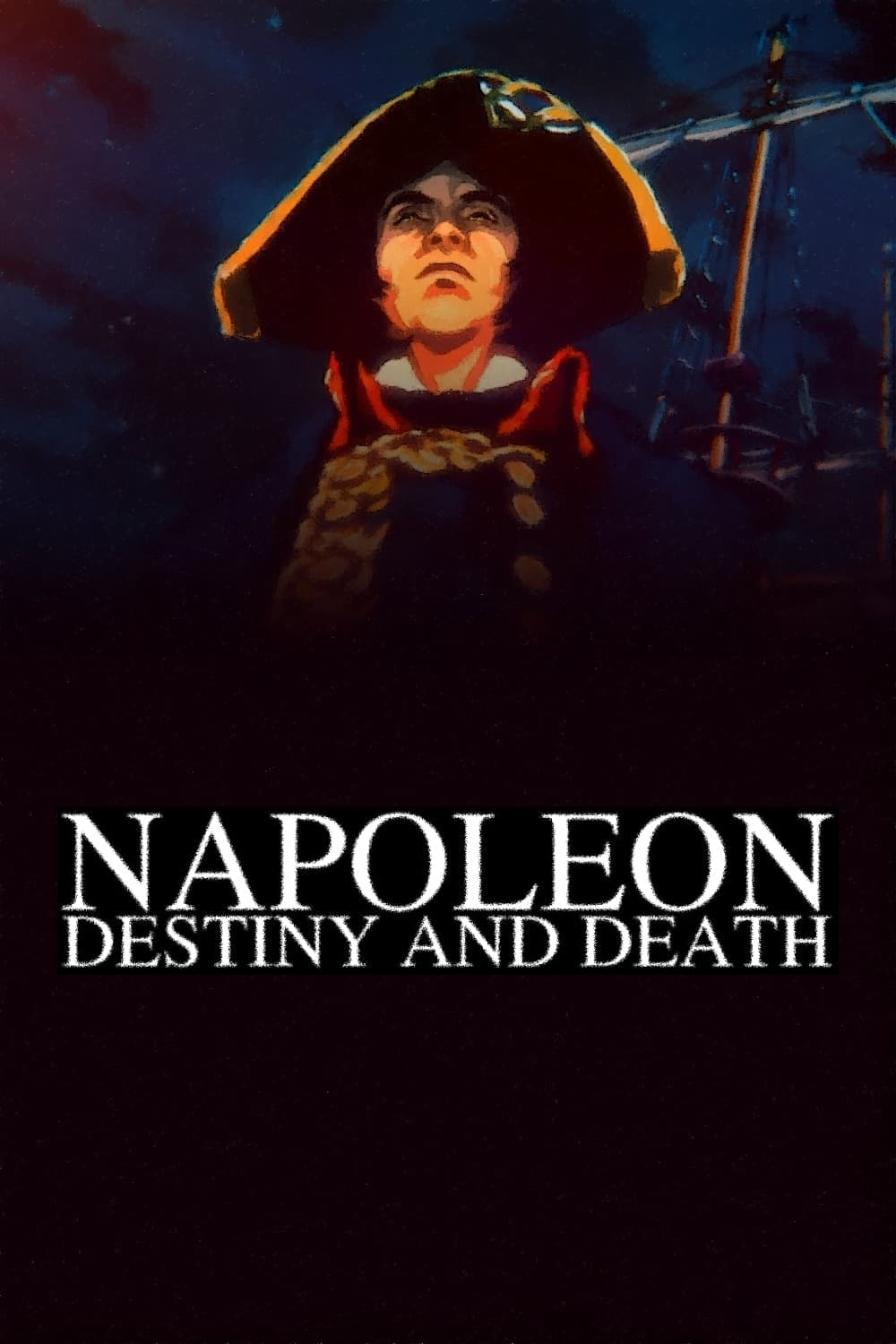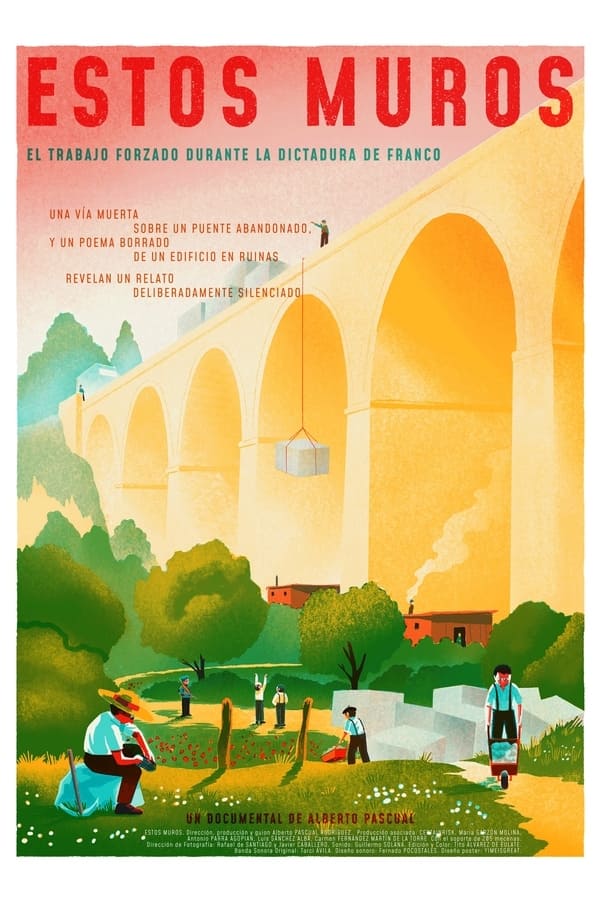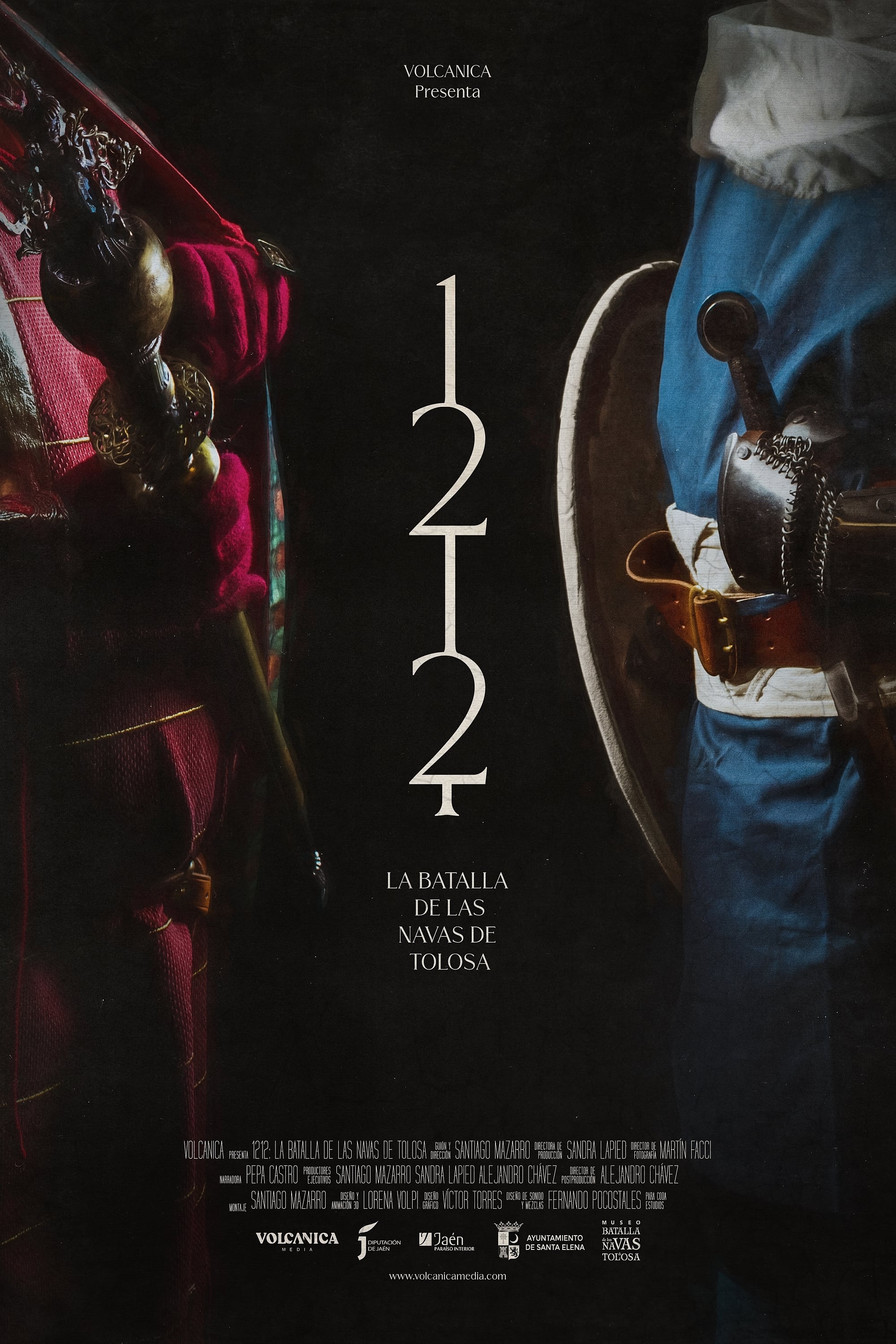Las Crónicas de la Pepa
2011
00.0(0 votes)
Animation
History
Family
Overview
Links & Resources
Social & External
Production Companies

Cast & Crew
5 members
Acting
David C. Pertiñez
Unknown Role
No Image
Acting
Carmen Arribas
Unknown Role
No Image
Acting
Jesús Murciano
Unknown Role
No Image
Acting
JM Hinojosa
Unknown Role
No Image
Acting
Eladio Núñez
Unknown Role
No Image
Similar Movies
Recommended Movies

No Recommendations Yet
We're working on finding the perfect movies for you. Check back soon!
More movies coming soon
